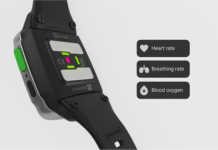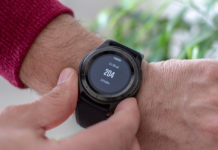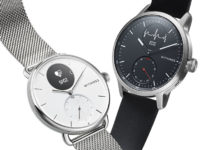This is a global commerce generation. Many companies become international leaders within the first few weeks of releasing their crowd funding campaign. Yet, which countries are the ones providing the world’s best innovation within wearable technology? WT | Wearable Technologies is a global force. The insight gained from our experience has lead us to a list of 9 countries that are booming when it comes to innovation, product development, investments, and consumer adoption.
- USA is known as the place for tech engineering, makers and business folks to thrive. There are many states in America that are far ahead of the global tech innovation and venture capitalist. It seems that the energy placed into making a Smart City includes many people applying new applications which early adopters catch onto. This is a reason why USA is number one. It is like if you work hard on making an industry great, than you are more willing to participate in beta testing, investments, and purchasing products. Beyond the private sector, the American government has put much investment in R&D within universities and non-profits. Having the government working behind the curtain ensures that America remains a leading force.
- Canada is one of the top leading countries for start-ups in the IoT and wearable space. The geography of this country allows for activity within all season, therefore activity tracking for niche sports is of high demand. The work ethic is also very strong, therefore having wearables to help with productivity and happiness is ideal.
- Switzerland has a history of engineering and stability Swiss are one of the top countries in innovation. This means they are a strictly “go” economy. The main focus for Swiss in the wearable industry seems to be in healthcare. Even Google began working with Swiss company Novartis to create their wearable contact lens.
- Not only has China been the go-to country for manufacturing tech, but the public is interested in wearable tech – particularly geo-location wearables. This was the most popular wearable for 2015, and was mainly bought by parents to put on their children. Another key for companies is to meet the price demand while keeping up with the preferred features. Xiaomi and Huawei are leading the industry towards cheaper and more practical devices that can measure activity, send notifications and tell time.
- Honestly, France is killing the innovation game. The spot light is shined on their realness of ideas in providing people with the products that make life more easy and fun. For example, Xperteye created a pair of glasses that have a camera. They are already testing their product on German EMS personnel. Then on the other side of the spectrum is B-Sensory that created an erotic novel vibrator.
- Isreal is right behind – if not tied – with the innovation standard of France. Not only are young people encouraged to create and learn but they continue to strive in inspiration as adults. This includes research and development, the main contributing factor to successful risk taking. The best innovation is in areas that need help – such as solving problems that have been apparent in humanities history. Upright is a wearbale patch company that created an assistive device to promote good posture while working at a computer. UpRight was a WT | Innovation World Cup Winner in Healthcare last year.
- Japan has a diverse wearable portfolio; from pet activity trackers, to EEG headsets and ending with beautiful LED woven traditional clothing. Many international companies partner with Japanese scientist and manufactures to create new materials that are more flexible and less hot that previous electronics. Even without the global peer pressure, Japanese citizens like wearable technology that answers those weird questions, like what is my dog thinking right now?
To close we have to note a strong force coming from Australia and India. These countries are vastly different in culture and history, however their ability to jump head first into the wearable industry is one to notice. The deep dive is initially taken by universities that wish to push their students to the next global competitive level. Stepping into the broader public, over half of these countries populations are interested in using an activity tracker – which means wearables have successful landed on the other side of the innovation chasm.

















